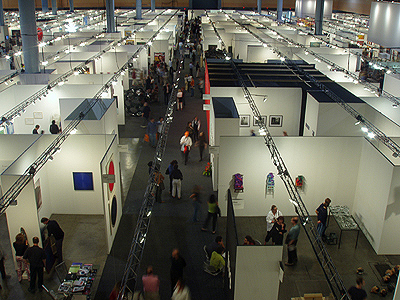The Economics of Art Photography
A few weeks ago the Andreas Gursky print, Rhine II, was auctioned for $4.3 million, breaking the record previously held by Cindy Sherman. Guardian Article: The world’s most expensive photographs – in pictures. I always admired Rhine II. I think it was one of the first prints by Gursky I encountered. Its striking formalism speaks of a manufactured landscape, but also of pattern, color and texture. I’m not sure it if is stronger then his 99 cent store image which previously held the record of the most expensive photograph. I encountered this image earlier in my photographic education so I appreciate it differently, I suppose.
This got me thinking about the economics of the art photography market. Normally we don’t really know how popular an art photographer’s work is. Sure, we see their prices at a gallery and the editions they are claiming they will print, but it’s hard to determine the final sale prices and whether their show actually sold out. For the big names, auctions are the best way to see what’s going on.
Recently, I went to the Camera Club’s benefit auction for the first time. It got me thinking about economics, as well. This event is a strikingly open way of seeing the popularity of an art object for the established and emerging artists who participated. It’s not as exacting as a Christies auction, but it folds back the art curtain a bit.
I’m down in Miami this week for Art Basel Miami Beach. The economics of art are all around me. Here they are secretive and deceptive. Please post your comments below if you have any questions for the art fairs and galleries here.
If you’re in New York, Gursky has a show currently up at Gagosian Gallery—coincidentally timed for this new auction record. I’ll be sure to check it out when I get back. Here it the info:



